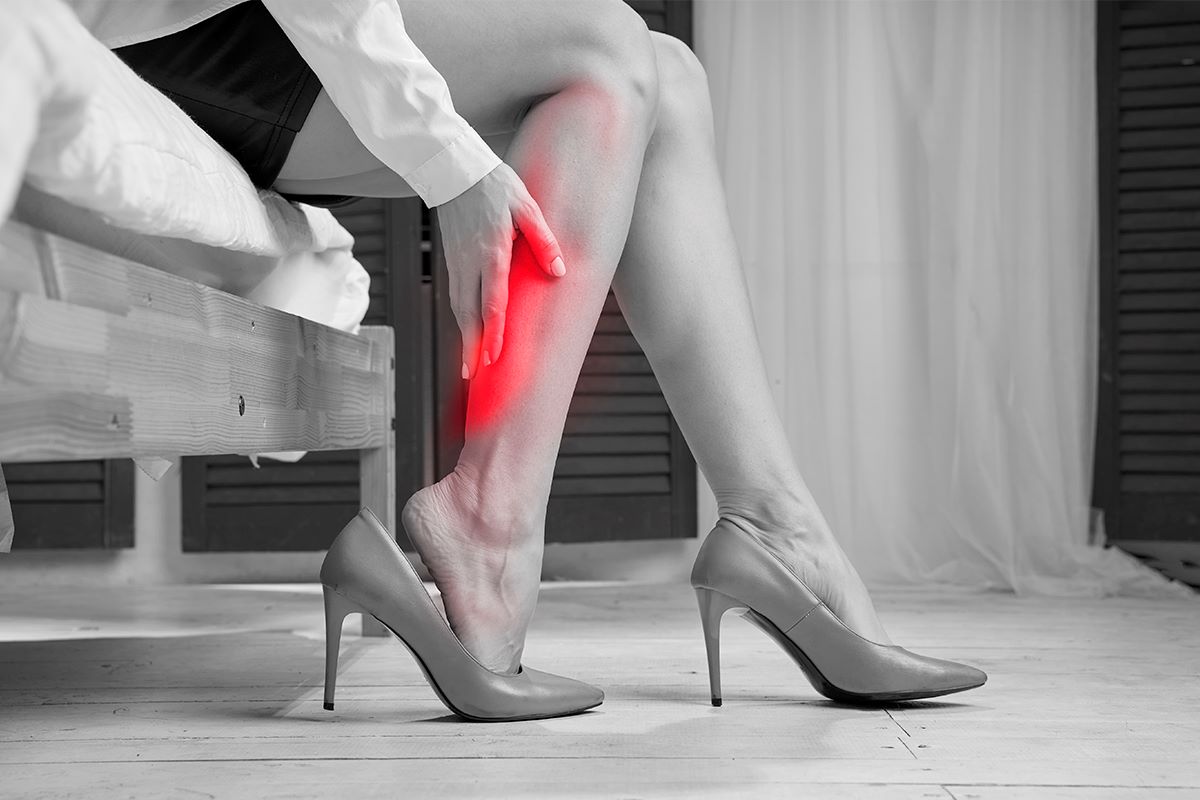Peripheral arterial disease (PAD) is a circulatory problem in which the obstruction and loss of the arteries’ elasticity cause reduced blood flow to the arms and legs.
Peripheral arterial disease affects men in a higher percentage and is caused by atherosclerosis, accumulation of plaque composed of cholesterol and fats on the arteries’ walls.
Different factors increase the risk of suffering from this disease:
- Smoking (active or with a history of smoking)
- Diabetes
- Obesity
- High blood pressure
- High cholesterol
- Age, especially after age 50
- Family history of peripheral artery disease, heart disease, or stroke.
People who smoke or have diabetes are at the highest risk for peripheral arterial disease due to decreased blood flow.
To determine if you suffer from this disease, your doctor will perform an ultrasound or angiography with an MRI. Then you will be treated with an angioplasty, which consists of opening the blood vessels to treat the area where blood flow is minimal.
Symptoms of Peripheral arterial disease
- Painful cramps in the calves and hips.
- Claudication, a symptom that refers to muscle pain in the legs due to lack of oxygen when performing a physical movement.
- Muscle numbness or weakness.
- Changes in your legs include a change in color, lower temperature, thin, weak, and shiny skin.
- Arterial sores that do not heal
Disclaimer:
The content of this article is for informational purposes only and does not constitute medical advice.






